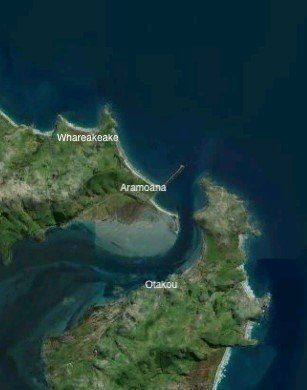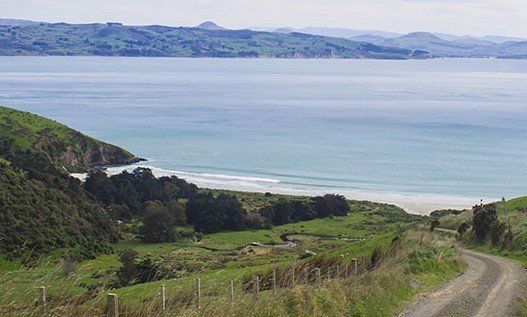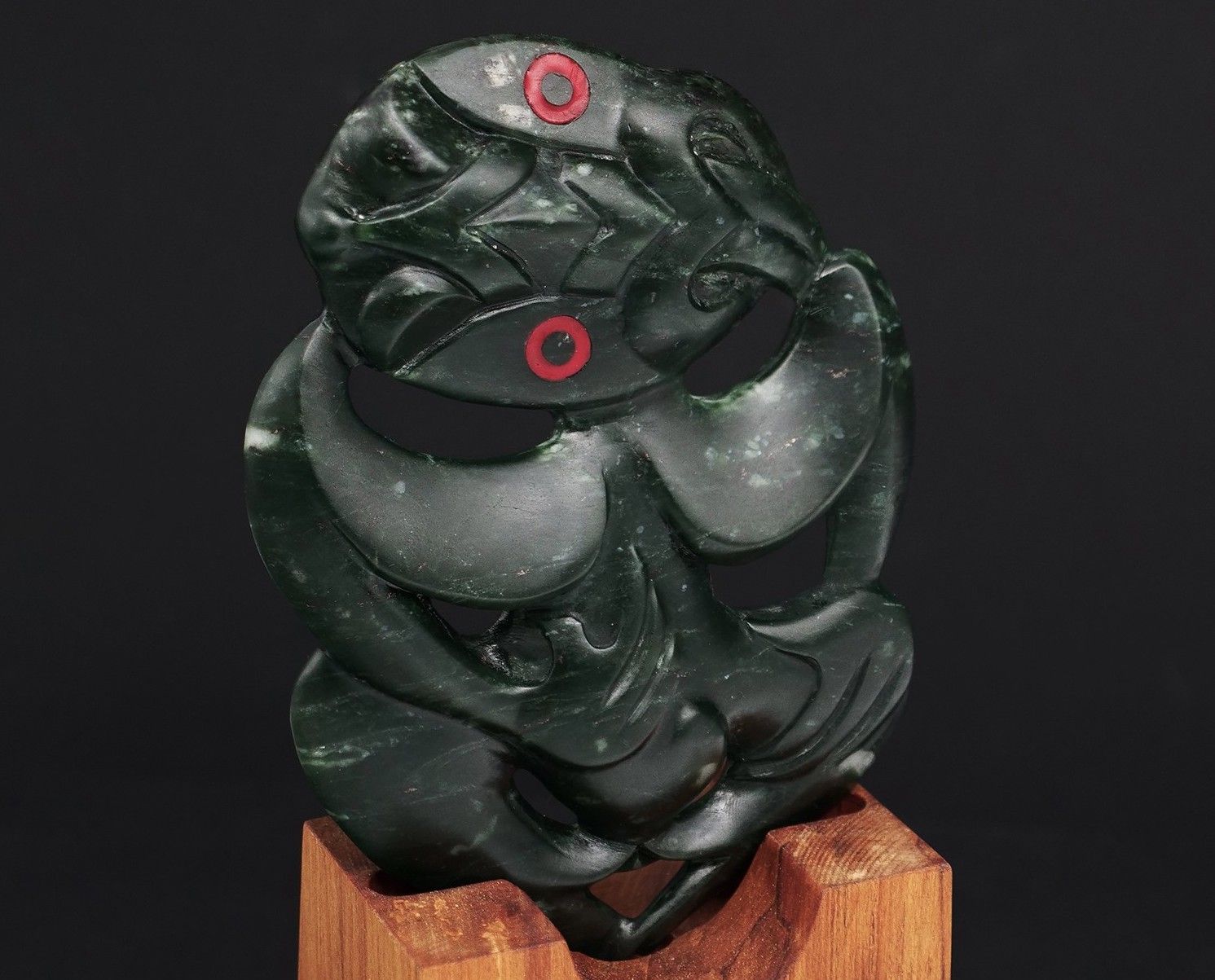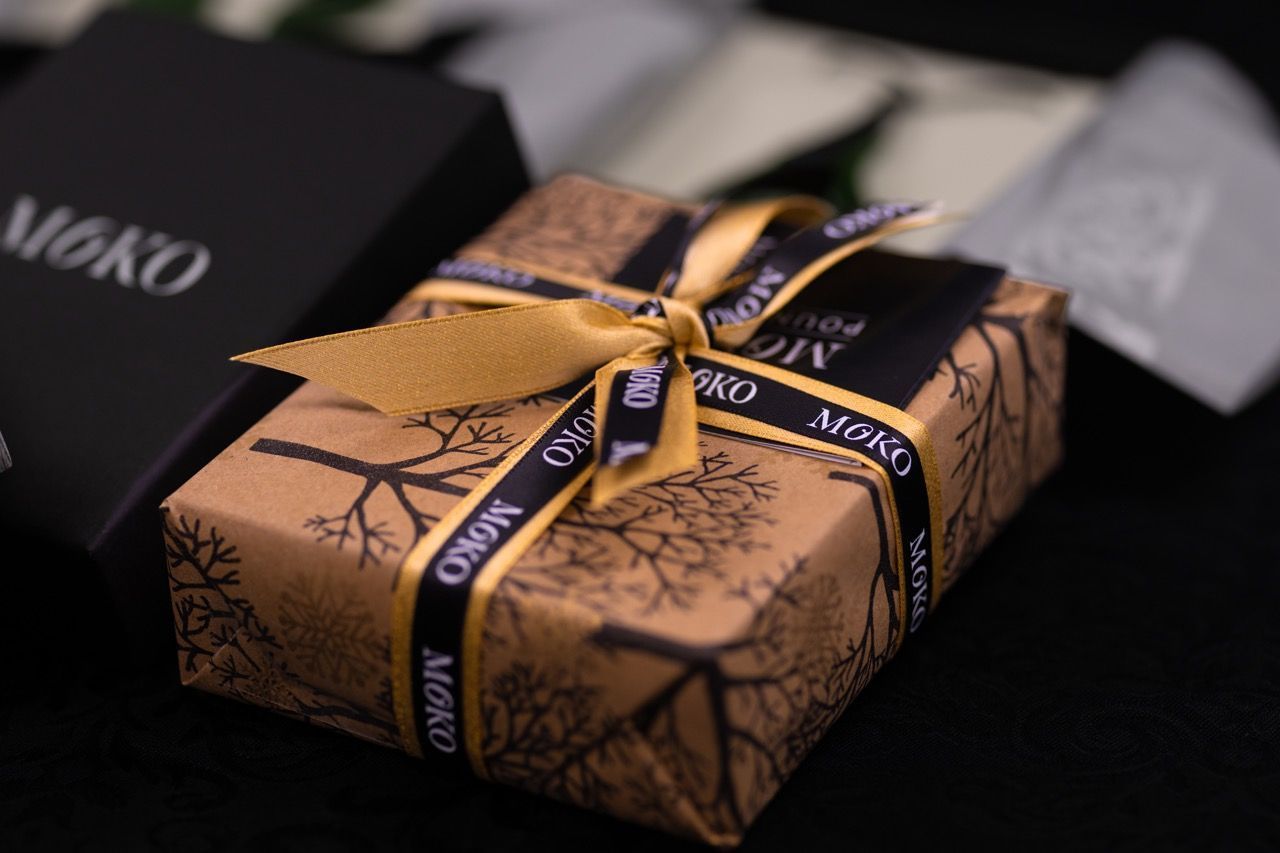
Wāhanga Tuarima - Chapter Five
The Murdering Beach

There was once a papakainga, or village, at Whareakeake, a small bay on the north side of Otago Peninsula 25km north east of Dunedin. If you’re ever down that way just look for Murdering Beach Road and follow it all the way to the sea. Surfers know how to get there. The bay features an excellent right-hand point break, especially when a Northeast swell conspires with a brisk Southerly breeze. Rad barrels Bro! But you can see how a village might have set itself easily in the landscape beside the winding stream, gentle in the lee of bluff and hillside. Archeological evidence strongly suggests that this village specialised in working pounamu.
In December 1817, after prolonged tension and escalating violence between sealers and local Māori, matters came to a head with the arrival in the vicinity of the brig Sophia out of Hobart, Tasmania. Under the command of her master, Mr James Kelly, the Sophia left Tasmania on November 18th, 1817 and arrived back in Hobart 19 weeks later on the 22nd of March 1818 with 3000 seal skins and a tale of grim and bloody misadventure.
Arriving in ‘Port Daniel’ (an early name for Port Otago, here referring to an anchorage in a bay near the substantial Māori settlement of Otakou) on or around the 11th of December 1817, there numbered among the crew a man named W. Tucker, called ‘Wioree’ by the local Māori. Tucker had lived at Whareakeake and had in fact built a house there some years before (around 1810 it is thought). He’d involved himself in the greenstone trade, selling souvenir pieces of New Zealand jade in Sydney. It has also been alleged that it was Tucker who took the tattooed head of a chief from the Riverton area to Sydney in 1810 or 1811, also for sale, thus beginning the business of trade in Mokomokai. Quite the entrepreneur, Mr Tucker, even without the head, though his business activities quite probably cost him his own. Upon arrival at Otakou the welcome is said to have been cordial enough. The following day saw Captain Kelly, Tucker and five other crewmen take the ship’s boat around to Whareakeake, ostensibly to trade for potatoes. Kelly is said to have made ‘…a small present of iron…’ for the chief there. At Whareakeake Kelly and his party were met by a ‘Lascar’, that is, a seaman of Asian descent, who told the men of the Sophia he had been left behind some years before (around 1813) by the brig Matilda out of Sydney bound for Tahiti. We are not given the Lascar’s name but it seems he’d fared well among the Māori of Whareakeake, unlike a gang of sealers who’d come to a sticky ending some years earlier, this news being imparted to Captain Kelly by the Lascar. Nonetheless, it seems that Captain Kelly and his men felt confident enough to seek an exchange with the Whareakeake locals. That would very soon turn out to be a fatal misjudgement.
No sooner had Kelly’s party reached the chief’s house that ‘…in an instant an horrid yell was raised by the natives…’ And the men from the brig Sophia were immediately set upon. Remarkably, Kelly and four other men, including Tucker, made it back to the boat, presumably fighting all the way. The melee continued as the men struggled to gain the boat and put to sea and safety. Kelly and three other men named as Dutton, Wallon and Robinson made it. The unfortunate Tucker did not. He was knocked down in the breakers and was heard to cry ‘Captain Kelly, for God’s sake, don’t leave me.’ before being ‘cut limb from limb and being carried away by the savages.’ Two others of Kelly’s crew, Griffiths and Viole, were also terribly taken down and never seen again. Such are the ways of history.
In December 1817, after prolonged tension and escalating violence between sealers and local Māori, matters came to a head with the arrival in the vicinity of the brig Sophia out of Hobart, Tasmania. Under the command of her master, Mr James Kelly, the Sophia left Tasmania on November 18th, 1817 and arrived back in Hobart 19 weeks later on the 22nd of March 1818 with 3000 seal skins and a tale of grim and bloody misadventure.
Arriving in ‘Port Daniel’ (an early name for Port Otago, here referring to an anchorage in a bay near the substantial Māori settlement of Otakou) on or around the 11th of December 1817, there numbered among the crew a man named W. Tucker, called ‘Wioree’ by the local Māori. Tucker had lived at Whareakeake and had in fact built a house there some years before (around 1810 it is thought). He’d involved himself in the greenstone trade, selling souvenir pieces of New Zealand jade in Sydney. It has also been alleged that it was Tucker who took the tattooed head of a chief from the Riverton area to Sydney in 1810 or 1811, also for sale, thus beginning the business of trade in Mokomokai. Quite the entrepreneur, Mr Tucker, even without the head, though his business activities quite probably cost him his own. Upon arrival at Otakou the welcome is said to have been cordial enough. The following day saw Captain Kelly, Tucker and five other crewmen take the ship’s boat around to Whareakeake, ostensibly to trade for potatoes. Kelly is said to have made ‘…a small present of iron…’ for the chief there. At Whareakeake Kelly and his party were met by a ‘Lascar’, that is, a seaman of Asian descent, who told the men of the Sophia he had been left behind some years before (around 1813) by the brig Matilda out of Sydney bound for Tahiti. We are not given the Lascar’s name but it seems he’d fared well among the Māori of Whareakeake, unlike a gang of sealers who’d come to a sticky ending some years earlier, this news being imparted to Captain Kelly by the Lascar. Nonetheless, it seems that Captain Kelly and his men felt confident enough to seek an exchange with the Whareakeake locals. That would very soon turn out to be a fatal misjudgement.
No sooner had Kelly’s party reached the chief’s house that ‘…in an instant an horrid yell was raised by the natives…’ And the men from the brig Sophia were immediately set upon. Remarkably, Kelly and four other men, including Tucker, made it back to the boat, presumably fighting all the way. The melee continued as the men struggled to gain the boat and put to sea and safety. Kelly and three other men named as Dutton, Wallon and Robinson made it. The unfortunate Tucker did not. He was knocked down in the breakers and was heard to cry ‘Captain Kelly, for God’s sake, don’t leave me.’ before being ‘cut limb from limb and being carried away by the savages.’ Two others of Kelly’s crew, Griffiths and Viole, were also terribly taken down and never seen again. Such are the ways of history.

And yet, as we are told, still there is history to unfold. Kelly and his three remaining crewmen make it back to the Sophia where we are informed that there are ‘about a hundred and fifty natives on board, the decks, rigging, tops, and yards were full of them.’ Back onboard, the mate of the brig, Mr Kirk informs Kelly, ‘They are going to take the vessel from us.’ The following account tells us what happened next.
‘Mr. Kelly immediately called all his men to quarters, and formed a solid square on the quarterdeck under the main boom. Their head chief, whose name was Corockar, called to his men to make the attack and seize us man to man. The natives stood so close around us that they could not make use of the weapons that they had in their hands; neither could we use our firearms, as we stood so close together. There was now only one chance left for us. We were all sealers on a sealing voyage, and each man kept two large sealingknives slung by his side. Seeing that there was no alternative, Mr. Kelly called to his men to draw their knives and cut away, which had the desired effect.’
The desired effect was grim indeed. Sixteen Māori dead on deck. Dozens more wounded before leaping over the side and being swept out to sea on the tide. Perhaps forty or fifty Māori drowned according to the crew’s own reports. Adding insult to injury the Māori chief Korako is locked below decks. And there are two more dead among the men of the brig Sophia. Before this incident is over, still some days away, the chief and a number more Māori would be dead, a fleet of over forty waka would be destroyed and the settlements of Otakou and Whareakeake would be razed. Nations are begun in such a manner.
After the Sophia, Whereakeake looks to have been abandoned as a Māori settlement. A tapu was placed on the site which wasn’t lifted until the 1860s. From the 1840s on, the site was occupied by single Pākehā settler families. By 1900 an estimated 350 hundredweight (around 18 tonne) of pounamu had been found there in its raw, partly worked and finished states, this in a place nearly 200 miles from the nearest natural source of the stone. The finds at Whareakeake included over 20 hei tiki (either 22 or 23) and a good number of other ‘curios’ as well as examples of some of the tools and other stone types used in the working of pounamu. It is also said that a medal traded by Captain Cook for some examples of pounamu was found there. It is clear that this picturesque little bay was once a major centre of industry and commerce in our earliest days of colony and settlement and witness as well to the darker side of history.
Ben Brown. October 2020.
References:
Austin, Dougal Rex. HEI TIKI: HE WHAKAMĀRAMA HŌU; A thesis submitted to the Victoria University of Wellington in fulfilment of the requirements of the degree of Master of Arts in Māori Studies. Victoria University of Wellington 2014.
THE SOPHIA MASSACRE , 1817. NZETC, Victoria University of Wellington.
The Story of Murdering Beach: A PAKEHA-MAORI ENCOUNTER NEAR DUNEDIN IN 1817 by Ronald K McFarlane. NZETC, Victoria University of Wellington
The desired effect was grim indeed. Sixteen Māori dead on deck. Dozens more wounded before leaping over the side and being swept out to sea on the tide. Perhaps forty or fifty Māori drowned according to the crew’s own reports. Adding insult to injury the Māori chief Korako is locked below decks. And there are two more dead among the men of the brig Sophia. Before this incident is over, still some days away, the chief and a number more Māori would be dead, a fleet of over forty waka would be destroyed and the settlements of Otakou and Whareakeake would be razed. Nations are begun in such a manner.
After the Sophia, Whereakeake looks to have been abandoned as a Māori settlement. A tapu was placed on the site which wasn’t lifted until the 1860s. From the 1840s on, the site was occupied by single Pākehā settler families. By 1900 an estimated 350 hundredweight (around 18 tonne) of pounamu had been found there in its raw, partly worked and finished states, this in a place nearly 200 miles from the nearest natural source of the stone. The finds at Whareakeake included over 20 hei tiki (either 22 or 23) and a good number of other ‘curios’ as well as examples of some of the tools and other stone types used in the working of pounamu. It is also said that a medal traded by Captain Cook for some examples of pounamu was found there. It is clear that this picturesque little bay was once a major centre of industry and commerce in our earliest days of colony and settlement and witness as well to the darker side of history.
Ben Brown. October 2020.
References:
Austin, Dougal Rex. HEI TIKI: HE WHAKAMĀRAMA HŌU; A thesis submitted to the Victoria University of Wellington in fulfilment of the requirements of the degree of Master of Arts in Māori Studies. Victoria University of Wellington 2014.
THE SOPHIA MASSACRE , 1817. NZETC, Victoria University of Wellington.
The Story of Murdering Beach: A PAKEHA-MAORI ENCOUNTER NEAR DUNEDIN IN 1817 by Ronald K McFarlane. NZETC, Victoria University of Wellington




